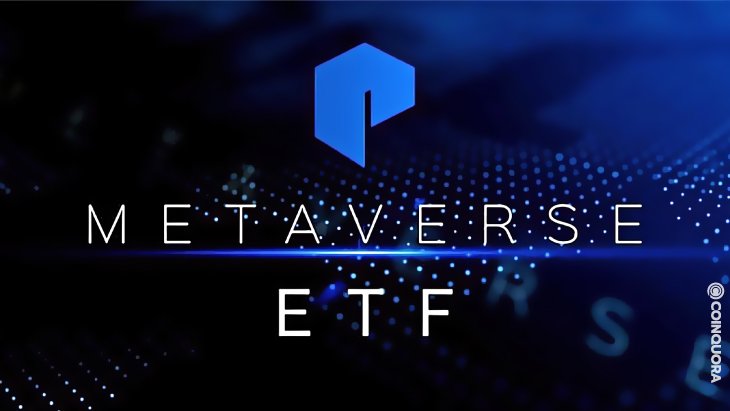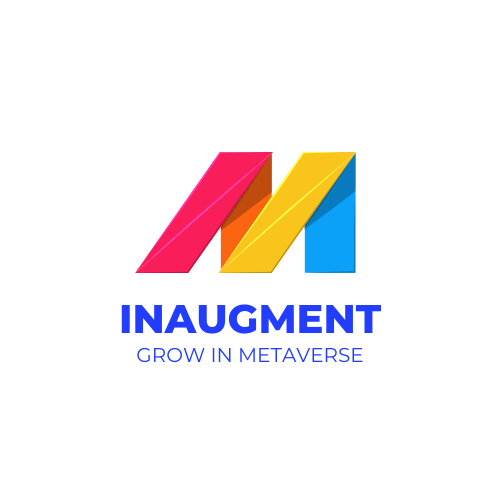New Metaverse ETFs Mean New Investor Opportunities

The rise of digital assets, particularly cryptocurrencies, has led to the creation of new exchange-traded funds (ETFs) that track the value of their underlying assets, making them an easy way to invest in digital coins like Bitcoin and Ethereum.
A new wave of investment opportunities has arrived with the introduction of two new NFTs on the Hong Kong Stock Exchange, including one that tracks a specific virtual currency called Metaverse, whose symbol on the Metaverse blockchain is ETP. What does this mean for investors? To find out more about these new investment opportunities, read on below.
Why Are There Now Three ETPs For The Metaverse Blockchain?

Historically, individual investors have had a difficult time gaining exposure to blockchain companies. Due to their generally low profile, it was difficult for these companies to get listed on mainstream exchanges like NASDAQ and NYSE.
Now that some of these companies are launching their own ETPs, investors can easily buy into previously restricted funds. There are already three new ETPs available to U.S.-based traders: First Trust Indxx Innovative Transaction & Process NFT (BLCK), Reality Shares Nasdaq NexGen Economy (BLCN), and Amplify Transformational Data Sharing ETF (BLOK).
At least one of these funds is poised for success thanks to its targeted focus on a small selection of blockchain-based stocks—including industry heavyweights like Overstock and Intel.
All three should see an influx of investor cash in the coming weeks and months as they vie for placement on major trading platforms like eTrade, Scottrade, TD Ameritrade, Fidelity Investments, and Schwab Trading Services. If you’re interested in investing in any of these new products, be sure to check out our previous post detailing how to trade futures with ETRADE.
Which ETPs Should I Choose?
There are several ETPs to choose from, but with any type of fund, you want to look at a few different factors. The first is liquidity. The more trading activity an ETP has, which is demonstrated through bid/ask spreads and volume (measured in shares), then it’s probably easier for you to buy and sell.
Second, some ETPs have large tracking errors because they don’t follow their index exactly—you should avoid these types of funds unless you understand why they deviate and if they add value that outweighs their fees. Third, fees matter. You can pay transaction fees when buying or selling an ETP plus you can also be charged a fee called an expense ratio that’ll eat into your returns over time.
If you don’t plan on holding onto an ETP forever, these costs will probably negate much of your gains. Last but not least, make sure that all of your holdings are in one account.
Will I Need To Convert Between ETNs?

If you’re not sure what an ETN is, don’t worry. When it comes to investment products and terminology, new terms are seemingly introduced every day. The important thing to know is that ETNs are a type of structured product similar to exchange-traded funds (ETFs).
Because ETNs and ETFs have many characteristics in common, investors are often left wondering: Will I need to convert between them? In a word: no. Here’s why: Although ETNs and ETFs can both be used for investments on U.S. exchanges, they work differently and serve different purposes; there is no reason to convert one into another.
In short, if you want exposure to crypto-assets or blockchain technology—you’ll likely be buying either an ETN or an ETF related to blockchain or cryptocurrency assets—but neither will give you exposure to other types of assets like stocks or bonds (as those are offered by traditional ETFs). You’ll also note that all three investments mentioned above came from somewhat different issuers.
Where Can I Find Information About The Funds?
A quick Google search of metaverse ETFs will bring up any news about new funds, as well as information on how they are run. With all types of investments, it’s important to know how to read a prospectus.
If you’re not familiar with reading these documents already, investing in an index fund is probably not a good fit until you learn how to. Remember that it’s up to each investor to do their own research and decide if an investment is right for them, and it’s also your responsibility (as well as your right) to make sure you fully understand what you’re putting your money into before making an investment.





